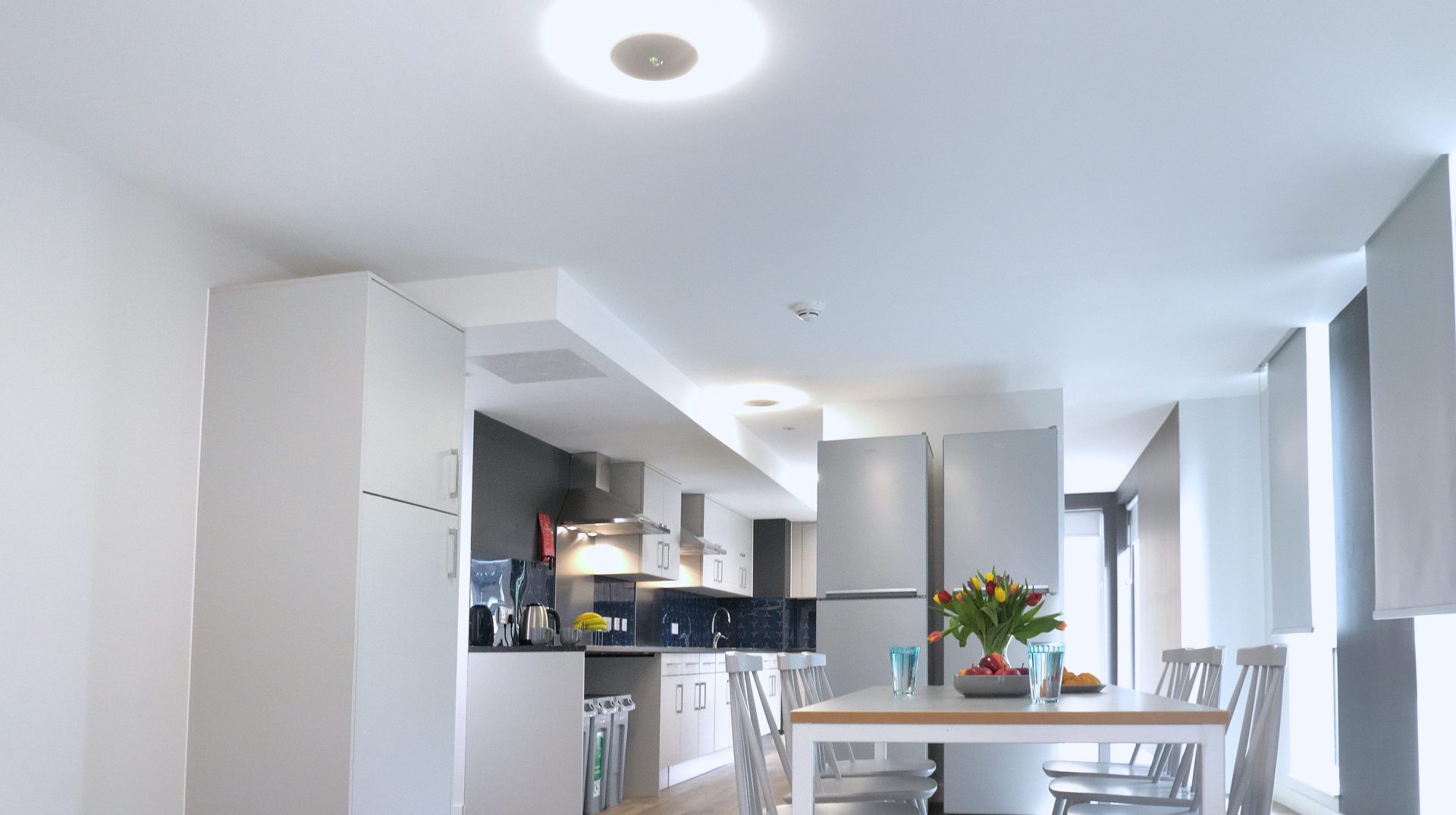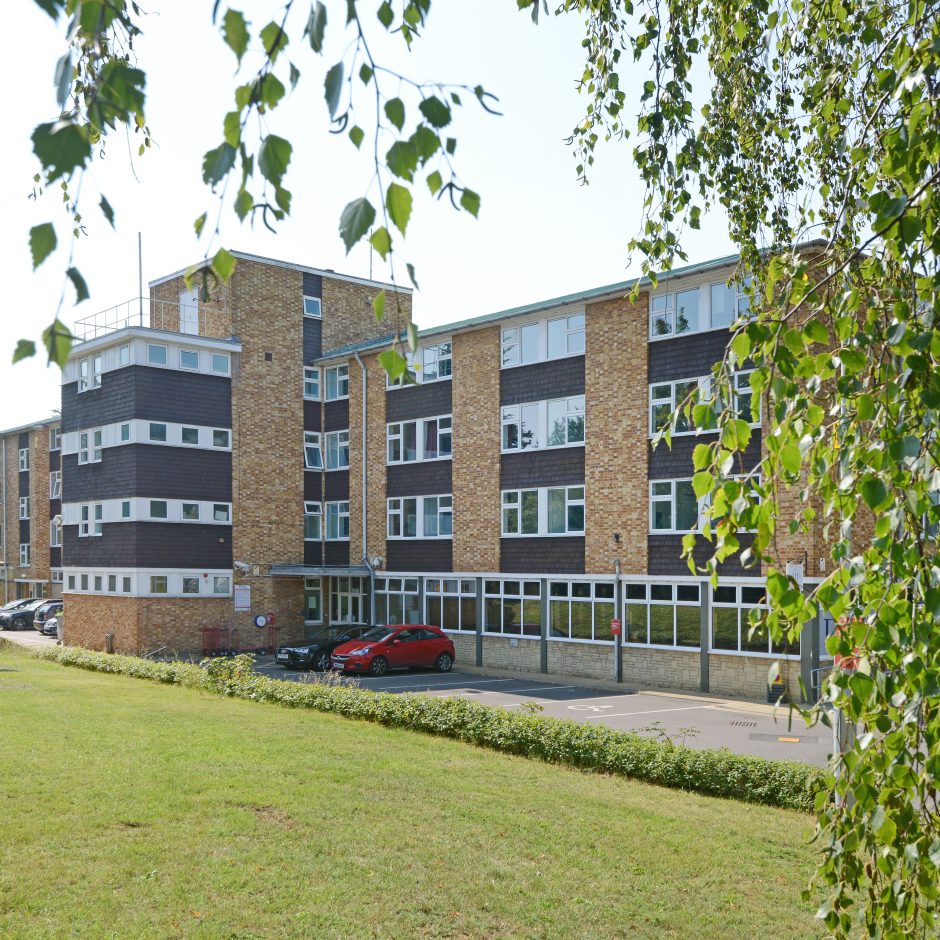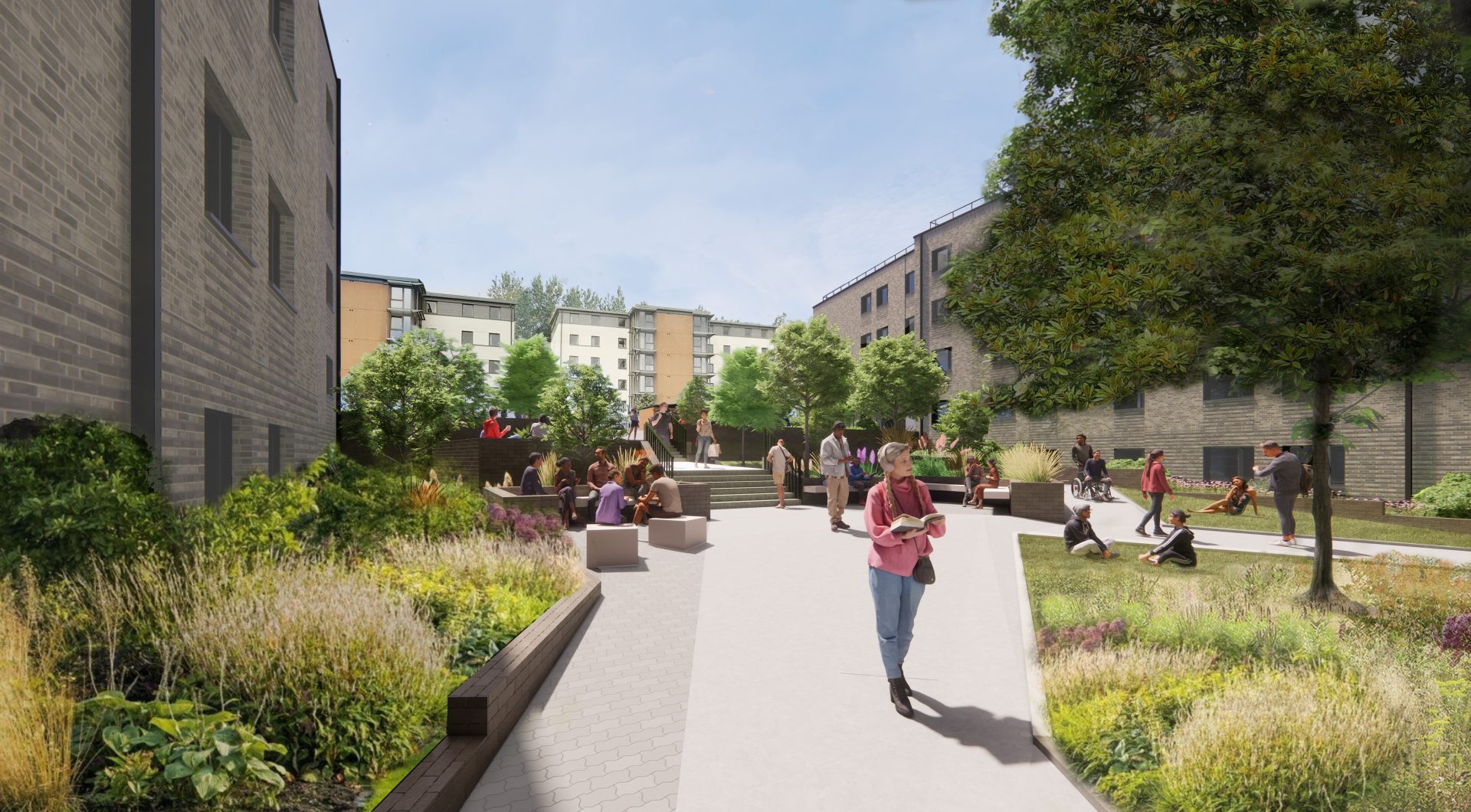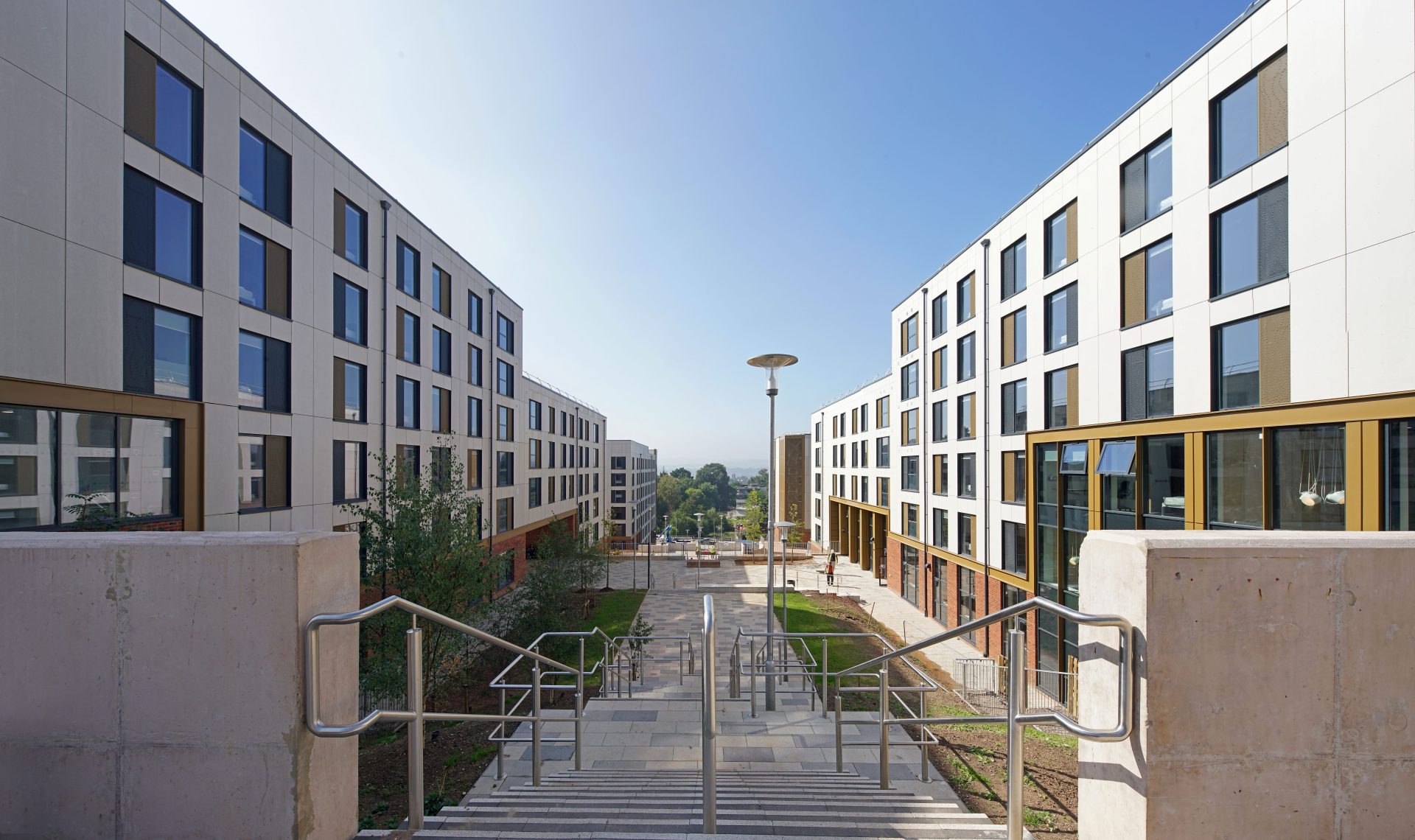Highlights:
- First UK higher education sector residences to achieve Passivhaus certification
- Highly insulated building with no need for a traditional heating system
- Whole house ventilation with heat recovery
- ‘Fabric’ first building envelope design
- Low energy lighting
- Made from 13% recycled materials
- Student input to help our design teams
- BREEAM 2010 Award – achieved an ‘Excellent’ rating (highest available at that time)
Having already successfully completed a number of eco-residences for other university partners, UPP took sustainable design a step further at Leeds Beckett University in 2009/10 with the development of Carnegie Village. Situated on the University’s Headingley Campus, Carnegie Village is a student residential development providing 479 study bedrooms in cluster flat and townhouse arrangements.
The innovative residence design was the first in the UK higher education sector to achieve Passivhaus certification. Developed in Germany, the Passivhaus concept reduces energy loads by ‘passive’ means – involving high levels of insulation and excellent air tightness which significantly reduce space heating requirements.
The super insulated timber frame creates the building shell and mechanical heat recovery ventilation units (MVHR) are used to deliver fresh, filtered air to rooms, with 80% heat recovery efficiency. Heat generated from the occupants and their day-to-day activities such as cooking, watching television and using other electrical appliances is recovered and used to maintain a comfortable temperature inside the building. Solar thermal collectors were used on the cluster flat accommodation to pre-heat water.
One townhouse unit was enhanced to meet stringent Passivhaus design standards – the first for any student residences and one of the first to be certified in the UK. As well as energy saving features throughout the scheme, the project itself is made up of 13% recycled materials.
In all our residences, but particularly with innovative designs, student feedback is extremely important. Our design teams work to understand how students use space, future improvements and how to build stronger communities.

































